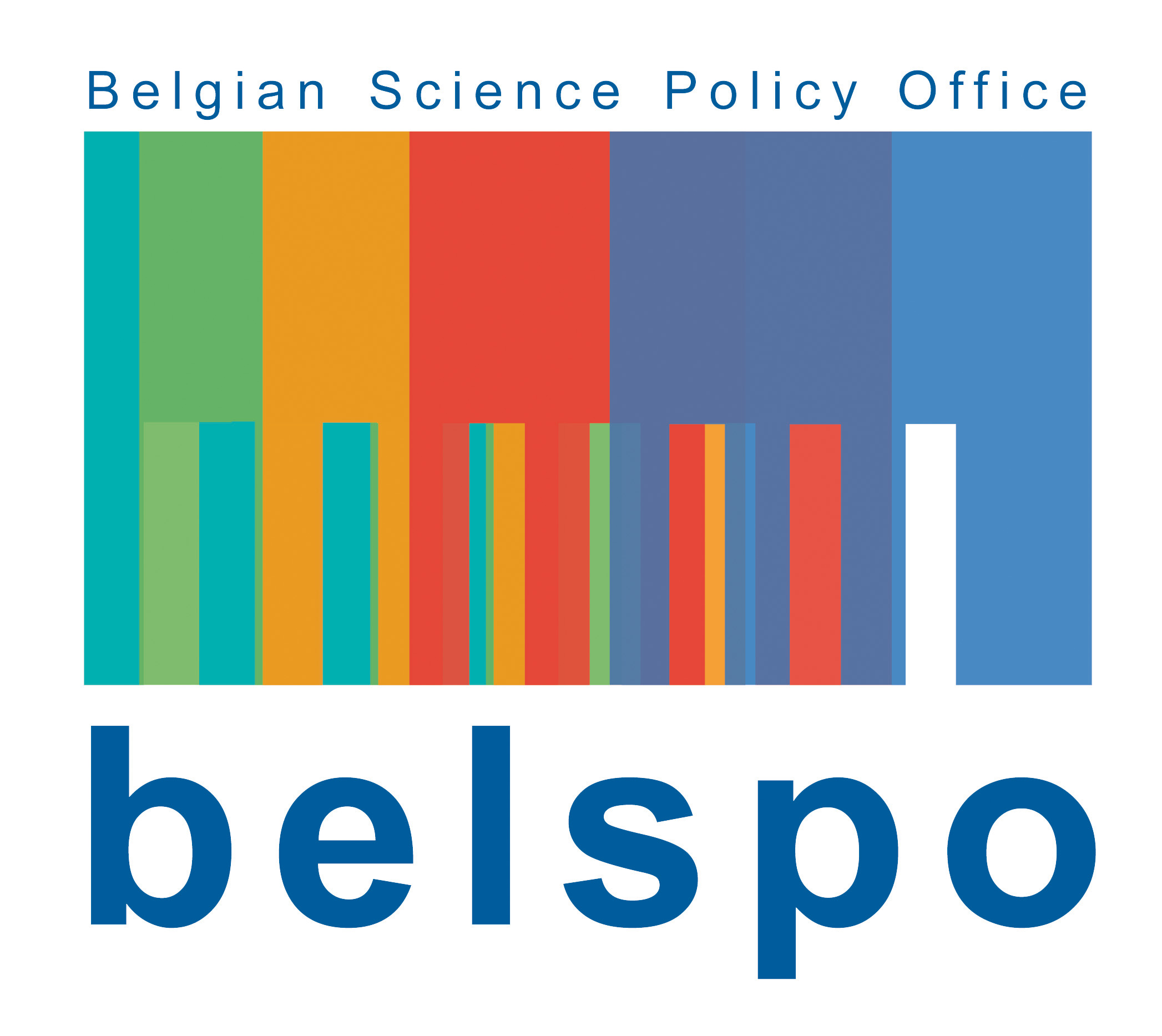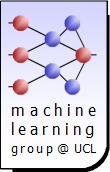Working groups
WG 1 Everything you wanted to combine between in situ/remote sensing data but didn't dare to do.
Leaders:
- Christian Moestl (University of Graz)
- Nandita Srivastava (Udaipur Solar Observatory, PRL)
Room: Sambre et Meuse
Description: This WG relates to Sessions 1 (power law), 2 (optimal combination of in-situ and remote sensing) and 5 (origin and variability of solar winds). We would like to encourage informal discussions by all participants to spark collaborations. Discussions could be focused on - but certainly are not limited to - the analysis of heterogeneous datasets in order to address questions on the origin, evolution, and propagation of CMEs between the Sun and Earth, the link between CMEs and ICMEs, as well as the origin and variability of the solar wind and power laws to describe solar phenomena
WG 2 How well can we predict solar eruption and disturbances?
Leaders:
- Graham Barnes (NWRA/CoRA)
- Neal Hurlburt (Lockheed Martin Solar and Astrophysics Lab)
Room: Amblève
Description: This WG relates to Session 3. It will discuss how prediction of solar flares, of CME arrival and geoffectiveness, and of solar energetic particle arrival can be made more precise with information processing methods.
WG 3 : How well can we track small-scale magnetic features?
Leaders:
- Derek Lamb (Southwest Research Institute)
Room: Semois
Description: This WG relates to Session 4 It will discuss the latest advances on small scale magnetic tracking, and how it can help e.g. in the characterization of the statistical parameters of the magnetic field, the derivation of detailed information about the solar dynamo, the estimation of motion field from a time series of images, and the use of this motion field information in driving boundary condition of semi-empirical MHD models.
Instructions: Participants of this session are requested to follow these instructions.






